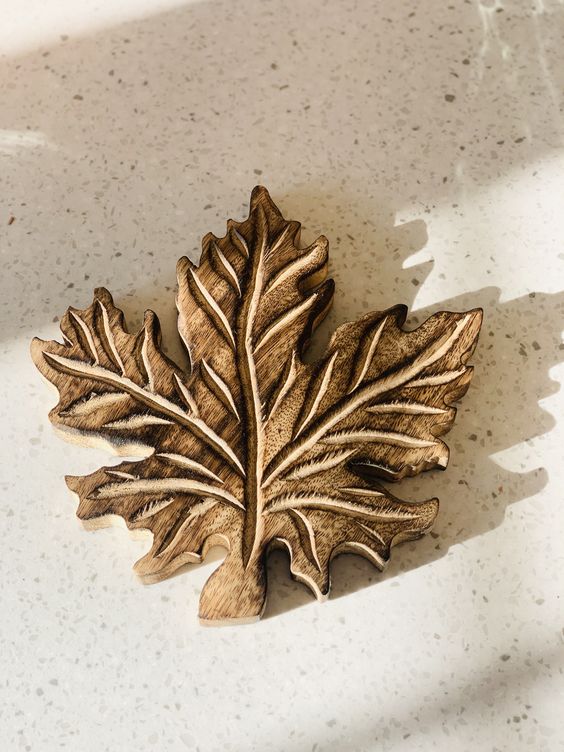Introduction:
Trivets, often overlooked in the realm of kitchen accessories, are unsung heroes that seamlessly blend practicality with elegance. These small, versatile pieces not only protect our surfaces from scalding pots and pans but also contribute to the aesthetic appeal of our kitchens and dining spaces. In this blog post, we’ll explore the world of trivets, delving into their history, various designs, materials, and their role in enhancing both form and function in our culinary domains.
A Journey Through History:
Trivets have a rich history that dates back centuries. Initially designed to elevate hot cookware above surfaces to prevent damage, trivets evolved from simple, utilitarian tools to exquisite works of art. In ancient times, trivets were crafted from materials like iron, ensuring durability and heat resistance. As time progressed, the design landscape expanded, incorporating various materials such as wood, ceramic, and even modern innovations like silicone.
The Art of Design:
Modern trivets are no longer mere functional objects; they are an expression of artistic ingenuity. From intricate patterns inspired by nature to minimalist designs that complement contemporary kitchens, trivets come in a myriad of shapes and sizes. Some are foldable for convenient storage, while others are magnetic, providing a sleek and space-saving solution. Exploring the diverse world of trivet designs opens up a realm of possibilities for both functionality and aesthetics.
Materials Matter:
Trivets showcase the beauty and versatility of different materials. Stainless steel trivets exude a sleek and modern aesthetic, while wooden trivets add warmth and natural charm. Silicone trivets offer flexibility and vibrant color options, making them both practical and visually appealing. The choice of material not only affects the trivet’s appearance but also its functionality, ensuring that it effectively protects surfaces from heat while maintaining its own integrity.
Beyond the Kitchen:
Trivets have transcended their traditional role in the kitchen. They’ve become versatile accessories that find utility in various settings. Whether as a stylish centerpiece on the dining table or a decorative element in the living room, trivets are no longer confined to the realm of cooking. Their adaptability and diverse designs make them an attractive addition to any space.
DIY Trivets:
For those who enjoy a hands-on approach, crafting your own trivets can be a fulfilling endeavor. Whether using repurposed materials or experimenting with unconventional designs, DIY trivets allow for personalization and a sense of accomplishment. This section of the blog could include simple step-by-step instructions for crafting a basic trivet, encouraging readers to unleash their creativity.
Conclusion:
In the world of kitchen accessories, trivets stand out as both functional necessities and pieces of art. Their evolution from simple tools to intricate designs showcases the marriage of practicality and aesthetics. As we continue to appreciate the beauty in everyday objects, trivets emerge as a symbol of the harmonious blend between form and function in our homes. Next time you place a steaming pot on a trivet, take a moment to admire the elegance beneath it—because trivets are not just about protecting surfaces, but about elevating the entire culinary experience.

